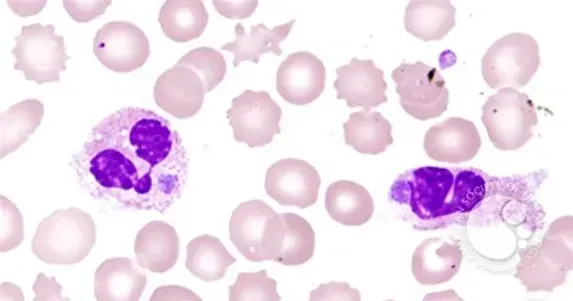Press
IM of CNY in the News

Lyme Coinfection Series-Anaplasmosis
This is a continuation of our Lyme and coinfection series to help educate you.
When a patient is being treated for Lyme disease without success or is exhibiting additional symptoms that are not typically seen in Lyme disease, their health care provider should consider testing for Babesia, Anaplasma, Ehrlichia, and Bartonella (other infections that are often seen with Lyme). Left undiagnosed and untreated, these co-infections can not only cause symptoms of their own, but their continued presence can also prevent the successful treatment of Lyme disease.
“'A little learning is a dangerous thing.’ – Alexander Pope.”
What is Anaplasmosis?
Anaplasmosis is a disease caused by the bacterium Anaplasma phagocytophilum that is spread through tick bites. Ticks that transmit anaplasmosis include Ixodes scapularis (deer tick or black-legged tick) and Ixodes pacificus (western black-legged tick).
In the United States, anaplasmosis was first recognized as a human disease in the mid-1990s but did not become nationally notifiable until 1999.
What are the symptoms of Anaplasmosis?
Symptoms of ehrlichiosis/anaplasmosis include fever, malaise, headaches, chills, severe muscle aches, vomiting, anemia, lung infection, decreased white blood cells and platelets, elevated liver enzymes, seizures, encephalopathy, meningitis, confusion, ataxia, and cranial nerve palsy. Co-infection with Lyme can cause more severe symptoms.
Diagnosis and Treatment
Because anaplasmosis can be difficult to diagnose, particularly in the early stages of illness, patients should be treated presumptively based on clinical suspicion. Diagnostic tests should be run on those with illnesses clinically compatible with anaplasmosis. However, treatment should not be delayed based on diagnostic testing.
Antibiotic medicine is the main treatment. In some cases, treatment is started based on clinical symptoms before the diagnosis is confirmed by lab testing. This is done to help prevent severe complications.
Find an expert:
If your feel you may have Anaplasmosis or any tick-borne illness and your health care provider is not knowledgeable about testing and treatment, contact Integrative Medicine of Central New York to schedule your initial consultation.
Dr. Puc has been trained in tick-borne disease and is knowledgeable and aware of current testing and treatment of Lyme disease and other coinfections such as Anaplasmosis.
Contact the office for more information at (315) 741-5774.
This blog is part of our Lyme Disease and Coinfection series. Please be sure to check out the other blogs in our series or subscribe to our newsletter for more information.
References:
https://lymediseaseassociation.org/lyme-tbd/other-tick-borne-diseases/ehrlichiosis-anaplasmosis/
https://iladef.org/education/lyme-disease-faq/
Are you searching for financing options to cover your medical treatments and procedures? Consider applying for the Advance Care Card.

Subscribe to Our
Newsletter and Updates
LOCATION
1386 State Route 5 West Suite 203
Chittenango, NY 13037
OFFICE HOURS
Monday: 8 am - 4 pm
Tuesday: 8 am - 4:30 pm
Wednesday: 8 am - 5 pm
Thursday: 8 am - 4:30 pm





